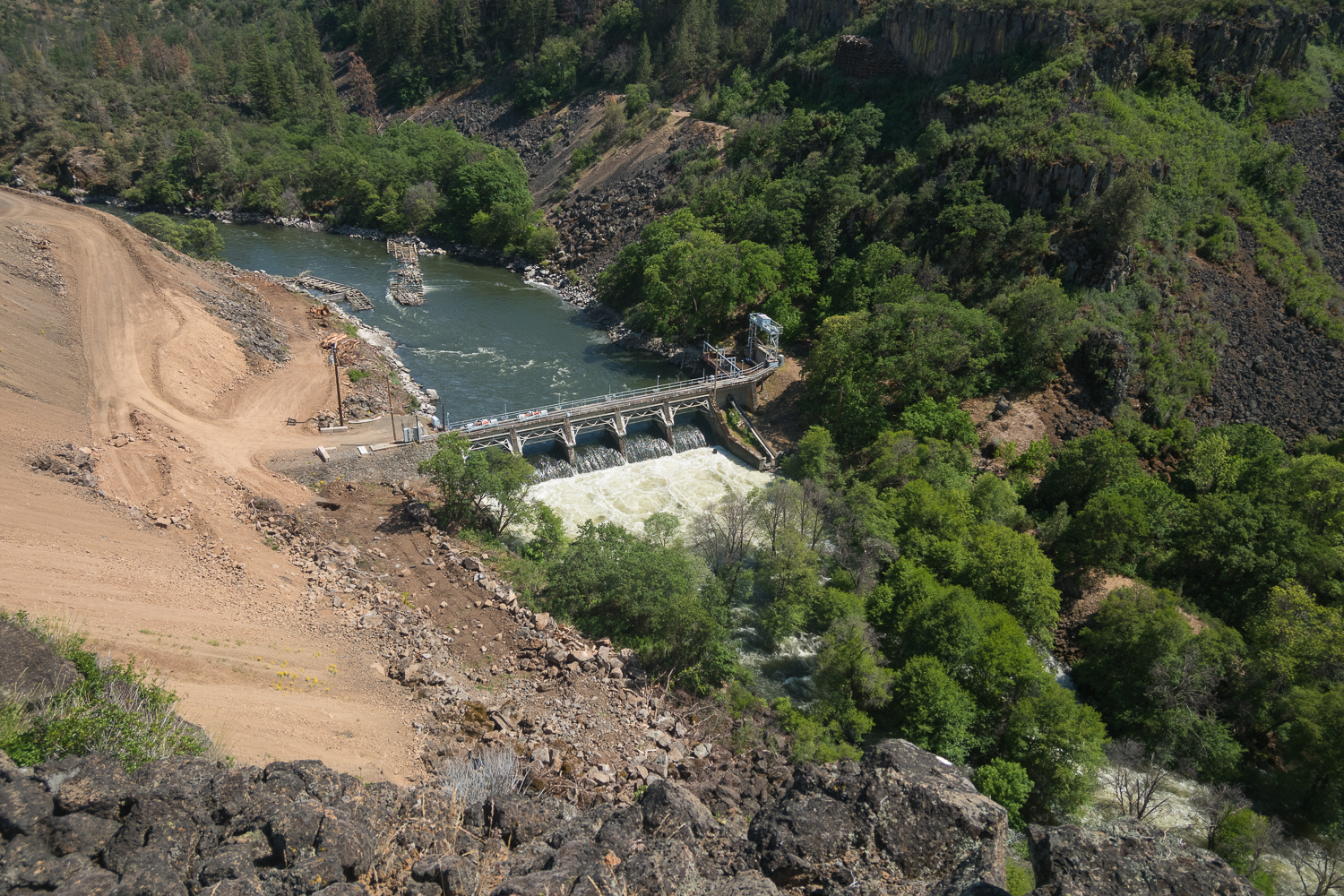A growing number of scientific evaluations on the potential for airborne microplastic pollution are putting together a picture that could be far more disturbing the plastic in the oceans.
Microplastics, which can include small fibers from artificial textiles, granules from harder plastics, polystyrene foam scraps, and more, travel across the world on winds, storm systems, and even the jetstream, and have been found on remote mountain peaks, ‘raining’ on American national parks, and now accumulating on the snows of Greenland.
A new study published in the journal Nature Communications looks at a different kind of microplastics than previous studies, namely, shreds and particulates from car tires and brake pads.
While the plastic bag or plastic bottle bobbing on the ocean’s waves is the classic image of plastic pollution, road microplastic emissions from tires and brake pads currently constitute 30% of microplastic pollution, the majority of which comes from densely populated regions like the eastern US, Northern Europe and the heavily urbanized areas of Southeast Asia.
Using established European data on microplastic tire pollution, and two different models to establish mean rates and whether pollution levels were realistic or not, the scientists calculated that tire wear makes up around 29,700 tonnes – the large majority of total microplastic burden, while brake pad fibers amounted to only 1,750 tonnes.
Estimates suggest that the total amount of these particles which end up in the oceans as a result of airborne delivery is of a similar size to that deposited by rivers.
Most of it remains in close proximity to the source location, however particles of less than 2.5 micrometers in length can travel as far as the Arctic, with Greenland and the Arctic Ocean receiving tire and brake wear from both Europe and North American cities. Estimates wary, but the mean tonnage of tire and brake wear deposited in the Arctic every year was around 8,000 tonnes.
The black color of these pollutants decreases the ability of the snow to reflect heat, potentially increasing snow melt rate. Fortunately the scientists’ models showed that Oceania, Africa and Antarctica all received miniscule amounts of this plastic detritus.
Part of a larger problem
More and more research on airborne plastic pollution is being produced, as scientists shift focus away from oceans, an already well-established threat to ecological stability and health, towards the former’s little-known effects.
Climatologists, meteorologists, and others are trying to establish a few key facts – how much plastic is moving in the air, how far can it travel, what systems of wind and weather strongly affect the movement of microplastic particles across the globe.
A biochemist from Utah State University found that as many as 1,000 metric tonnes of microplastics – many of them fibers derived from textiles, fall on America’s protected areas such as the Grand Canyon and Rocky Mountain National Parks, every year.
Brought primarily by dry high-altitude winds rather than exceptionally moist air of storms, much of the plastic likely came a great distance – from thousands of kilometers away. Brahney used weather modeling to simulate the path of storms backwards 48 hours before they reached the monitoring stations.
Another paper from last year found that 400 pieces of remnant microplastic per square meter from several different sources passed daily over a remote mountain catchment in the Pyrenees, including 249 hard plastic fragments, 73 films-like remnants and 44 synthetic fibers.
At altitudes 10,000 feet higher than the summit of Everest, jetstreams – atmospheric ribbons of fast moving air have been hypothesized as playing a role in microplastic deposition rates. In the tire and brake study, the scientists factored in the effect of atmospheric transport by finding the ratio between the mass of microplastics deposited in a remote area and the total mass of microplastics emitted globally.
It’s a simple effective method, but it lacks fine details, such as whether wind and storms can mobilize settled microplastics and re-transport them to a secondary location, and more research is needed before an accurate picture of atmospheric transport of microplastic pollution can be completed.
Continue exploring this topic — Currents of Windblown Plastic Found Across North America’s Parks and Reserves



